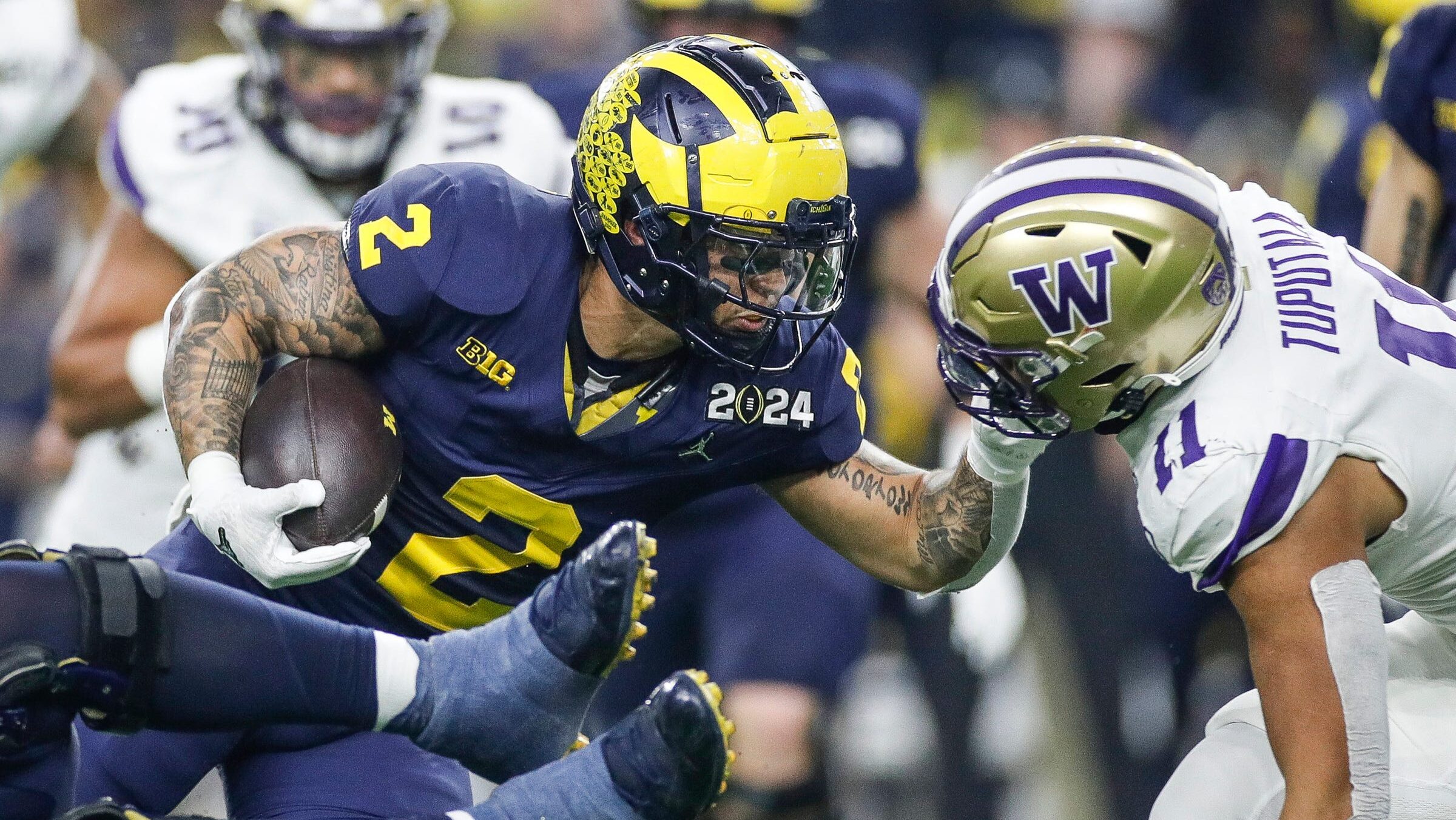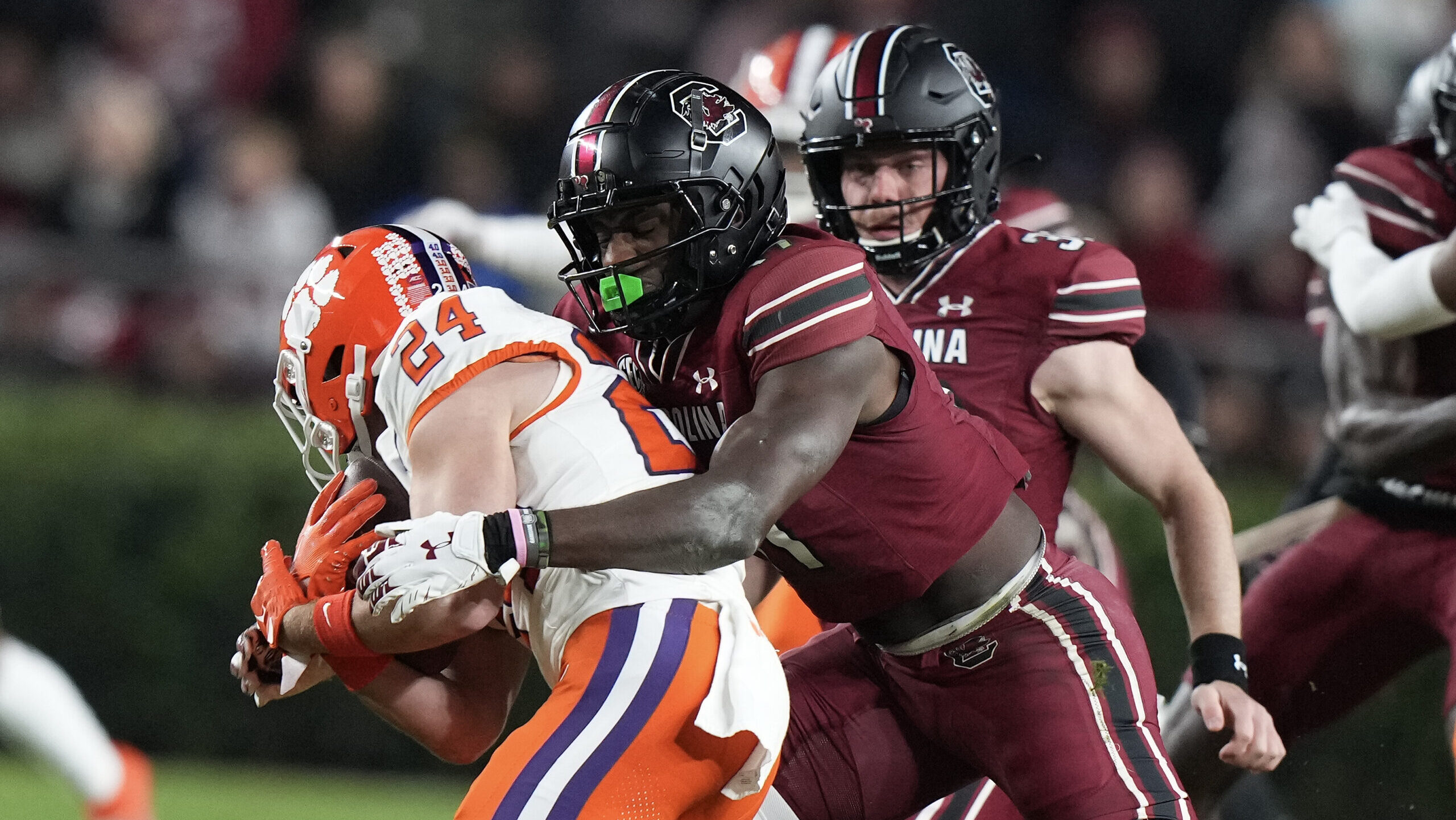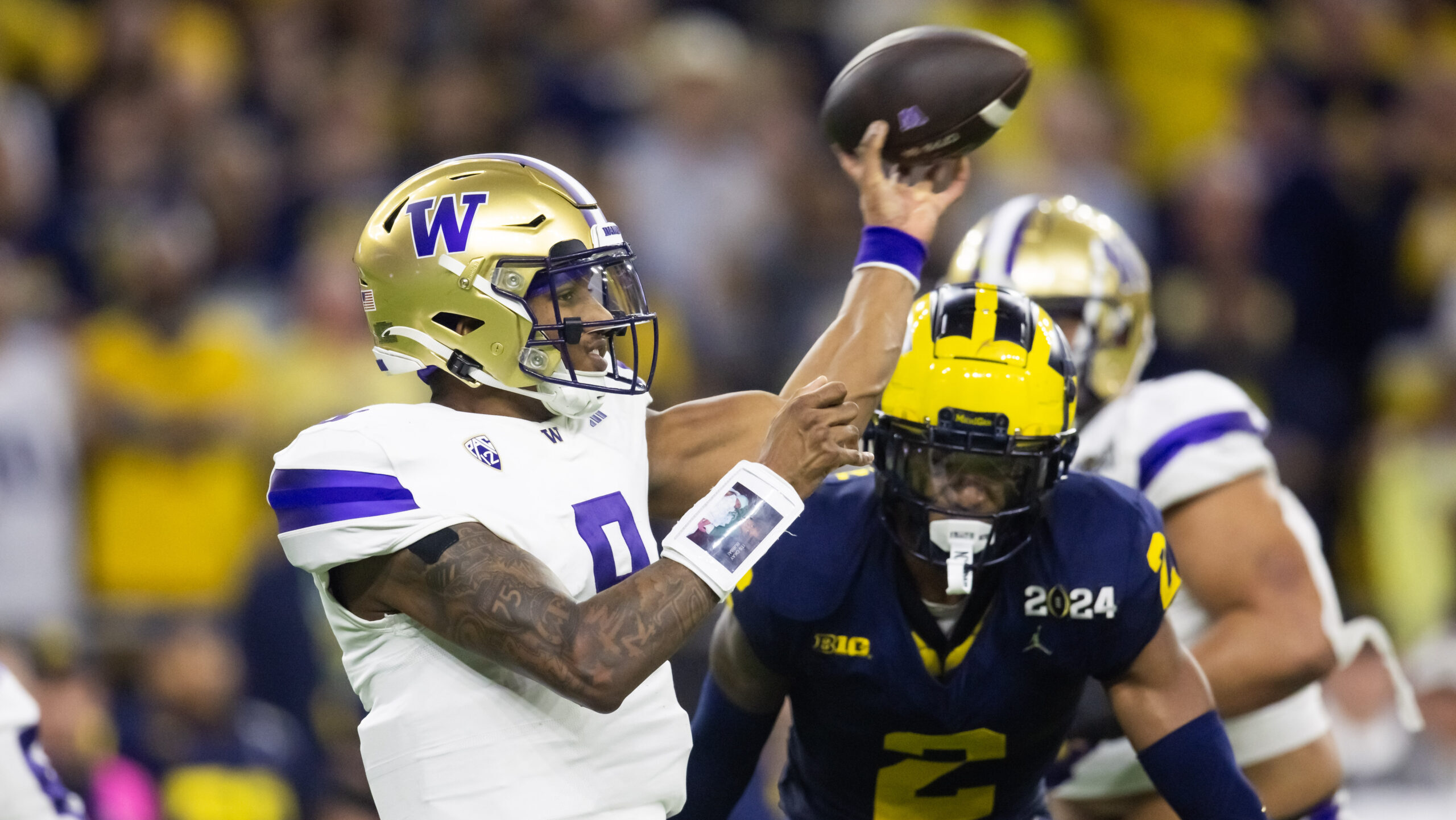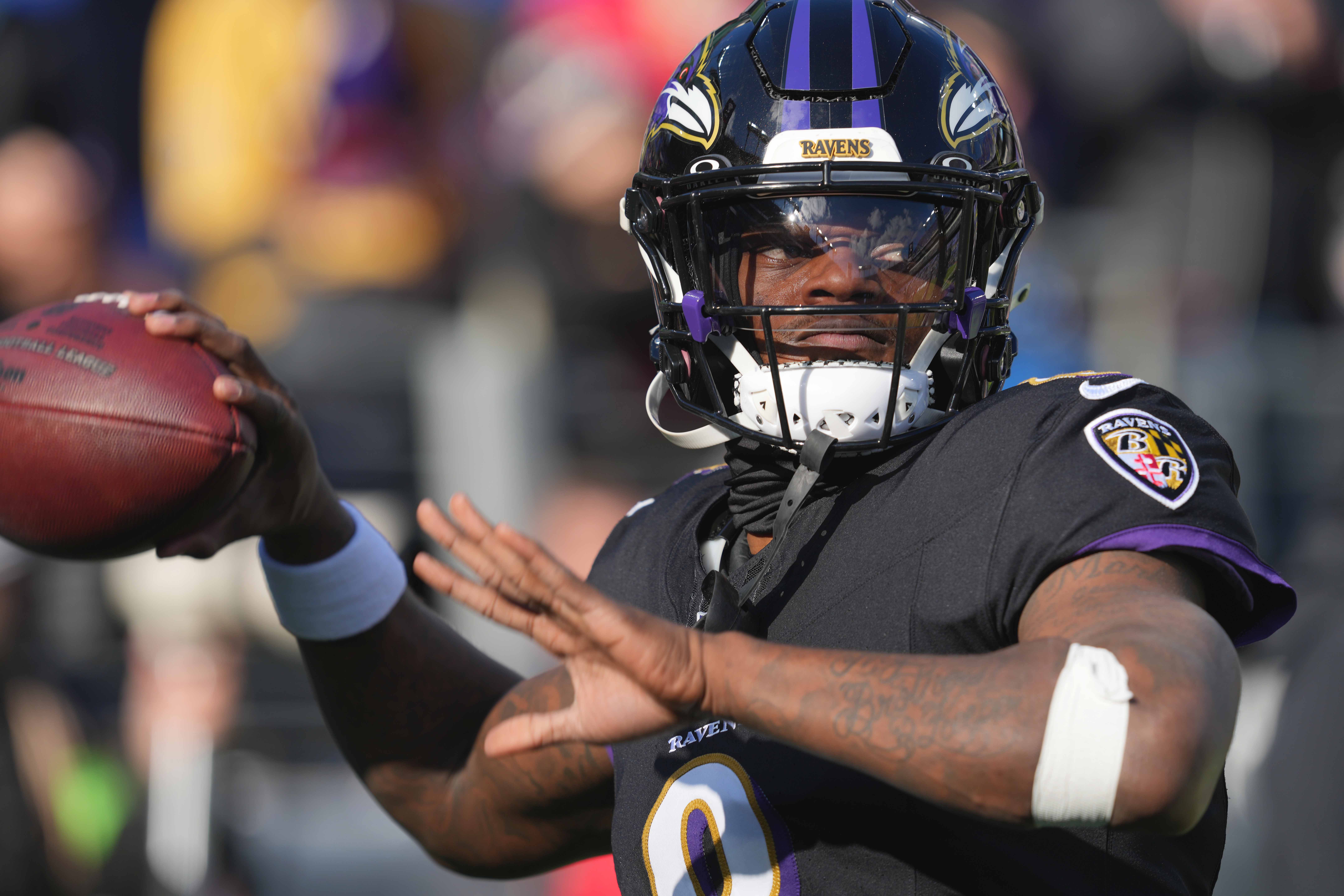Fantasy
4/5/23
3 min read
Lost Paradox: Examining Importance of Touchdowns in Fantasy Football
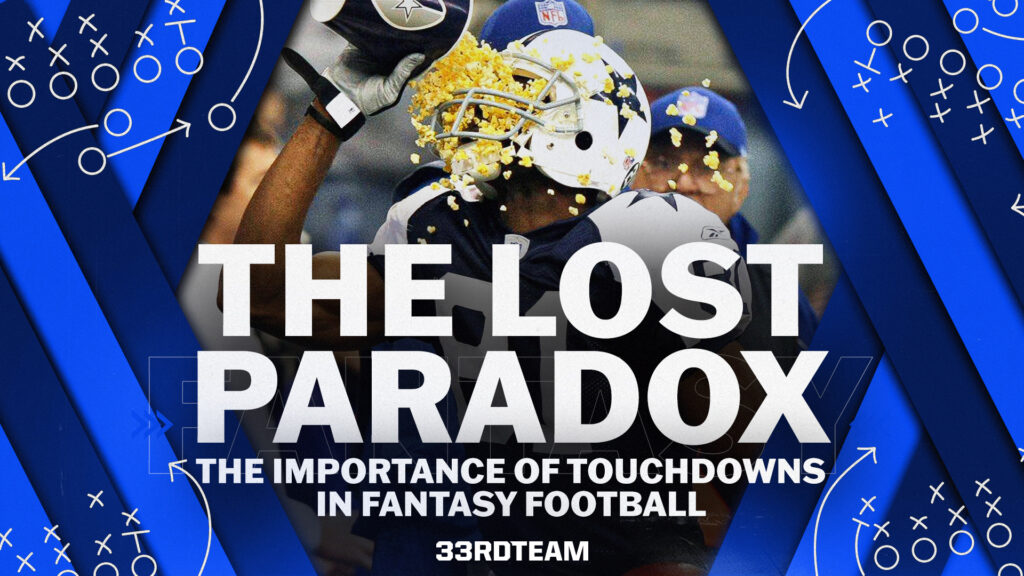
Certainty. Safety. Floor.
These three buzzwords have taken the fantasy football landscape by storm during the previous three-to-five years as fantasy managers attempt to minimize risk and optimize for median projections. We have seen the importance of receptions proven time and time again in a full point-per-reception (PPR) format. Discussions and studies on value-based drafting, roster construction and positional scarcity have begun to make their rounds throughout the industry. Lost in the ever-changing bustle of optimal strategy is the importance of touchdowns to a player's expectation (median projection) and, more importantly, their potential (ceiling).
This article series will examine historical scoring tendencies for the four major positions – running back, wide receiver, tight end, and quarterback – through the lens of fantasy football, comparing overall scoring to scoring derived purely from touchdowns, scrutinizing the environmental factors behind touchdowns and assessing the offensive tendencies that lead to predictable patterns in scoring.
Before we jump into the data and analysis for each position in follow-up articles, a general understanding of the theoretical components introduced through a game with substantial intrinsic variance is paramount to understanding why and how the assertions and conclusions found can be made.
Variance is generally defined as the fact or quality of being different, divergent or inconsistent. But in statistics and probability theory, variance is a measurable quantity arrived at through the squared difference of a single outcome versus the mean value in a given sample. This array of values is most commonly expressed through the use of a bell curve centered about the median, which provides a visual representation of the dispersal of values in a given range of outcomes. But then, how is this discussion pertinent to fantasy football? Why should we be concerned with understanding the principles of probabilistic thinking? And what does all of this have to do with touchdowns?
In short, scoring a touchdown is the single most variant act in real-world and fantasy football. In football, everything from busted coverages to coaching tendencies to injuries influences the predictability - or lack thereof - of scoring a touchdown. In fantasy football, getting into the end zone results in six times more scoring than a reception in full PPR and 60 times more than a single yard gained, increasing the variance of the act further.
Humans are creatures of habit who crave stability and the known. We don't like being put in unfamiliar or uncomfortable situations. We don't easily see a singular outcome as a small data point in a much larger picture. We like ones and zeros, yeses and nos. This mental block infringes on our ability to think probabilistically, instead electing the safety of median projections and known quantities.
This brings us full circle to the premise of this article series. As a collective fantasy football entity, have we lost sight of the importance of touchdowns to a player's range of outcomes during the sample size of one NFL season (or one game, as is the case in daily fantasy football)? And more importantly, to fantasy football players, can we gain an appreciable edge by analyzing historical data to guide future decision-making practices to embrace some of the variance associated with this beautiful game instead of shying away from it?
We plan to confront these questions in "The Lost Paradox."
Other Parts: Quarterbacks | Running Backs | Wide Receivers | Tight Ends


